
Rich Condon
@RichardPCondon
• Public Historian • Obsessive Researcher • Yinzer • Opinions shared here are my own •
William Fairman, 154th Tennessee, was wounded on July 22, 1864 at the battle of Atlanta - 700 miles from his home in Pittsburgh. In 1913, his brother John, a veteran of Knap’s Pennsylvania Battery and board member of Pittsburgh’s Soldiers & Sailors Memorial, signed this motion.
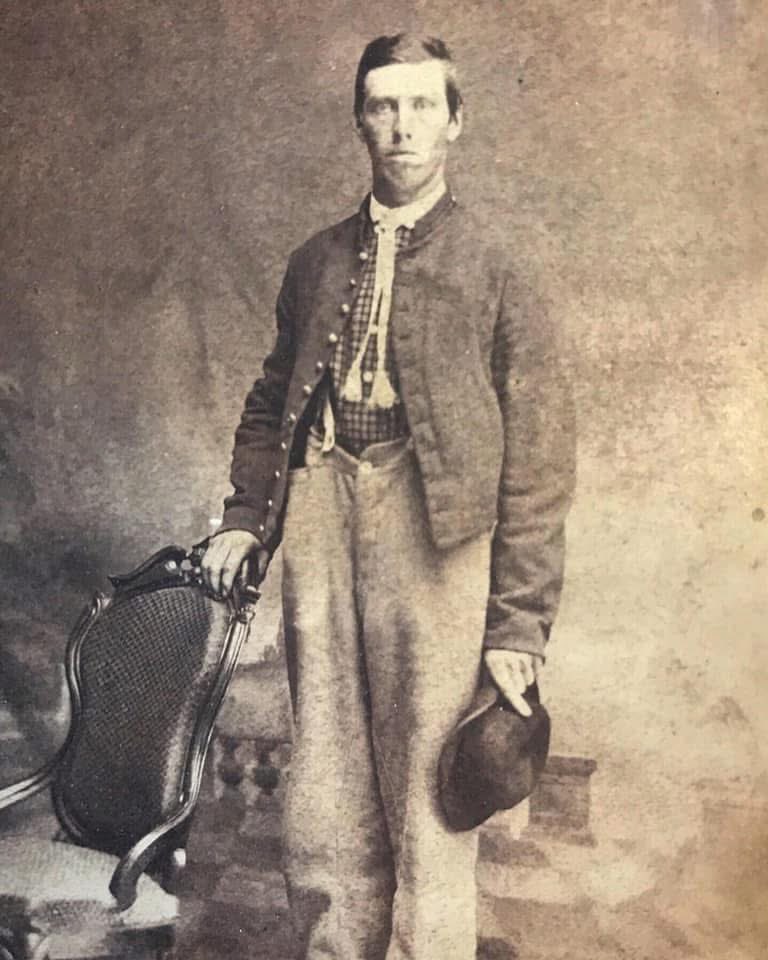
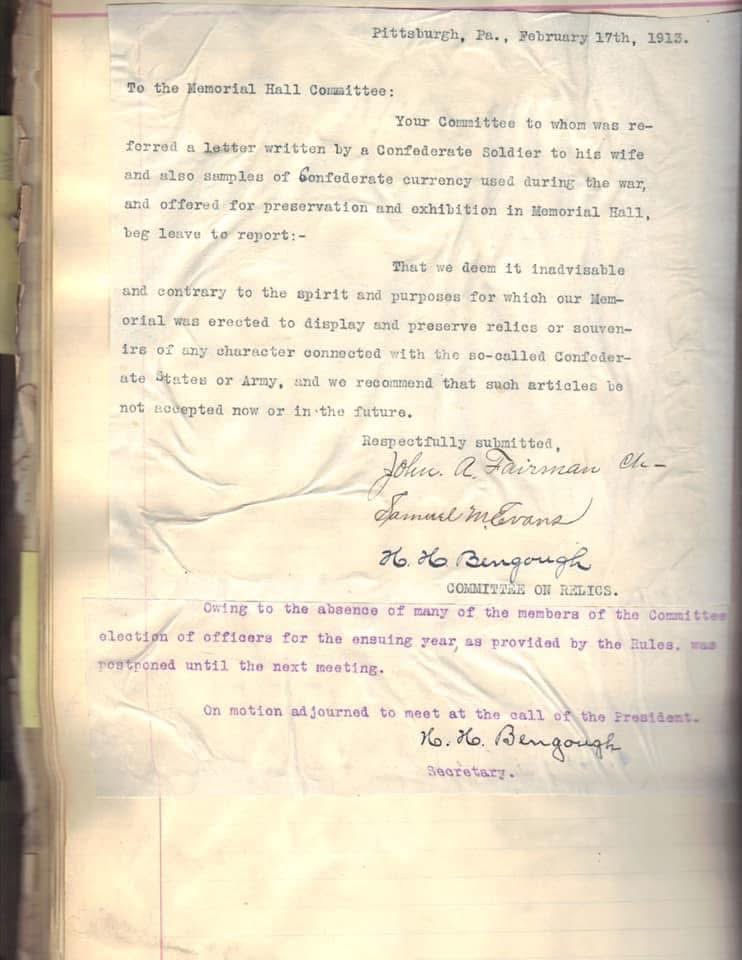
It never existed.
What happened to this America? Where did it go?
I don’t wear the blue uniform often, but when I do it’s for education programs and crushing the rebellion.
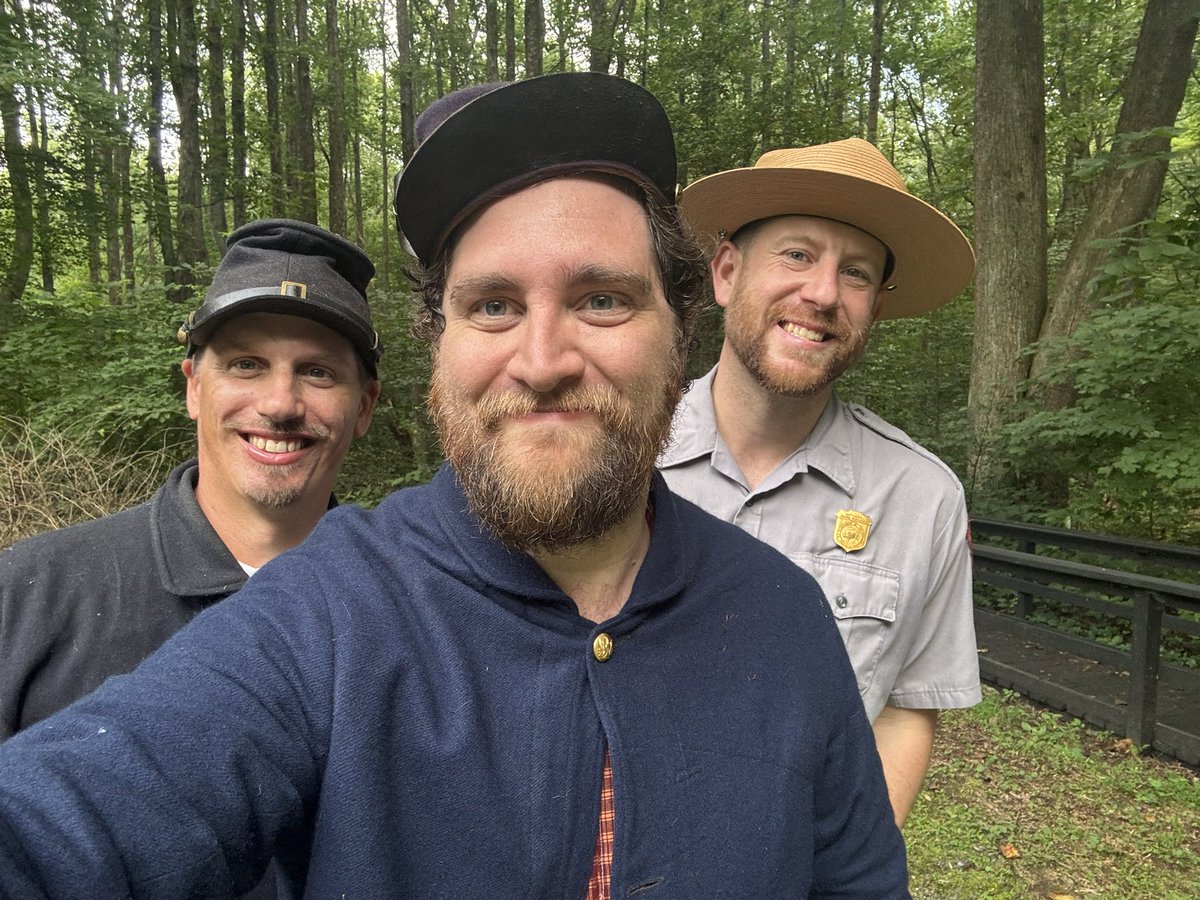
Following the fight at Battery Wagner on July 18, 1863 the wounded men of the 54th Massachusetts Infantry were transported to Beaufort. Several years ago I followed their route from the Bay Street wharf to Hospital No. 6, where many received medical care.
“I know what I’m fighting for… As soon as the government would take me, I came to fight, not for my country, I never had any, but to gain one.” -Charles Reason, 54th Massachusetts Infantry, who died of wounds received at Battery Wagner on July 18, 1863
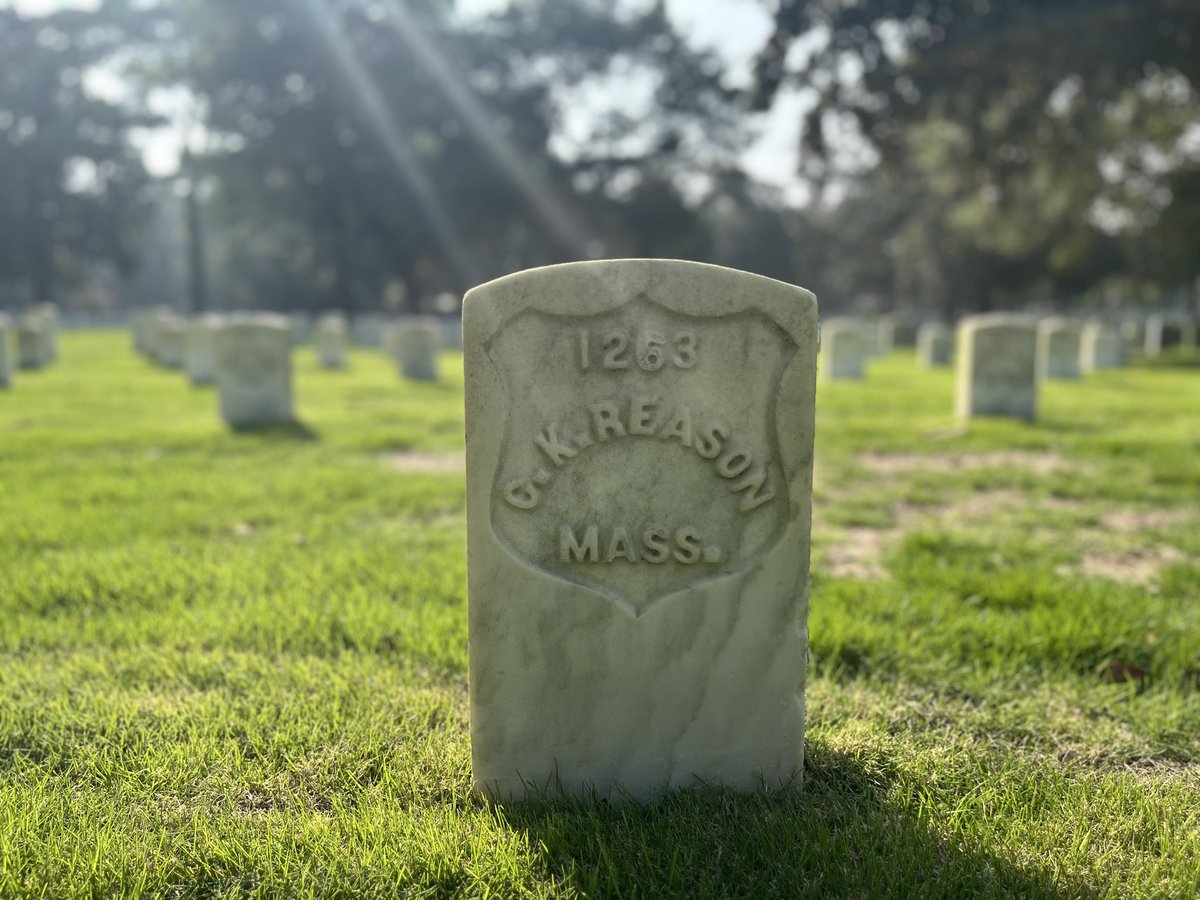
This evening, 162 years ago, Black soldiers and white officers of the 54th Massachusetts Infantry led the charge upon the ramparts of Morris Island’s Battery Wagner. Their actions on July 18, 1863 catapulted them into American memory and, eventually, onto the silver screen.

“I have only a short time to live, only one death to die, and I will die fighting for this cause. There will be no peace in this land until slavery is done for.“– John Brown, Kansas Territory, 1856.
I felt like crap most of the day, but am always thankful to have these spaces, preserved and protected by the National Park Service. In this case the former John Kuhn brickyard, the scene of intense confusion and violence on July 1, 1863, is now a setting for quiet reflection.
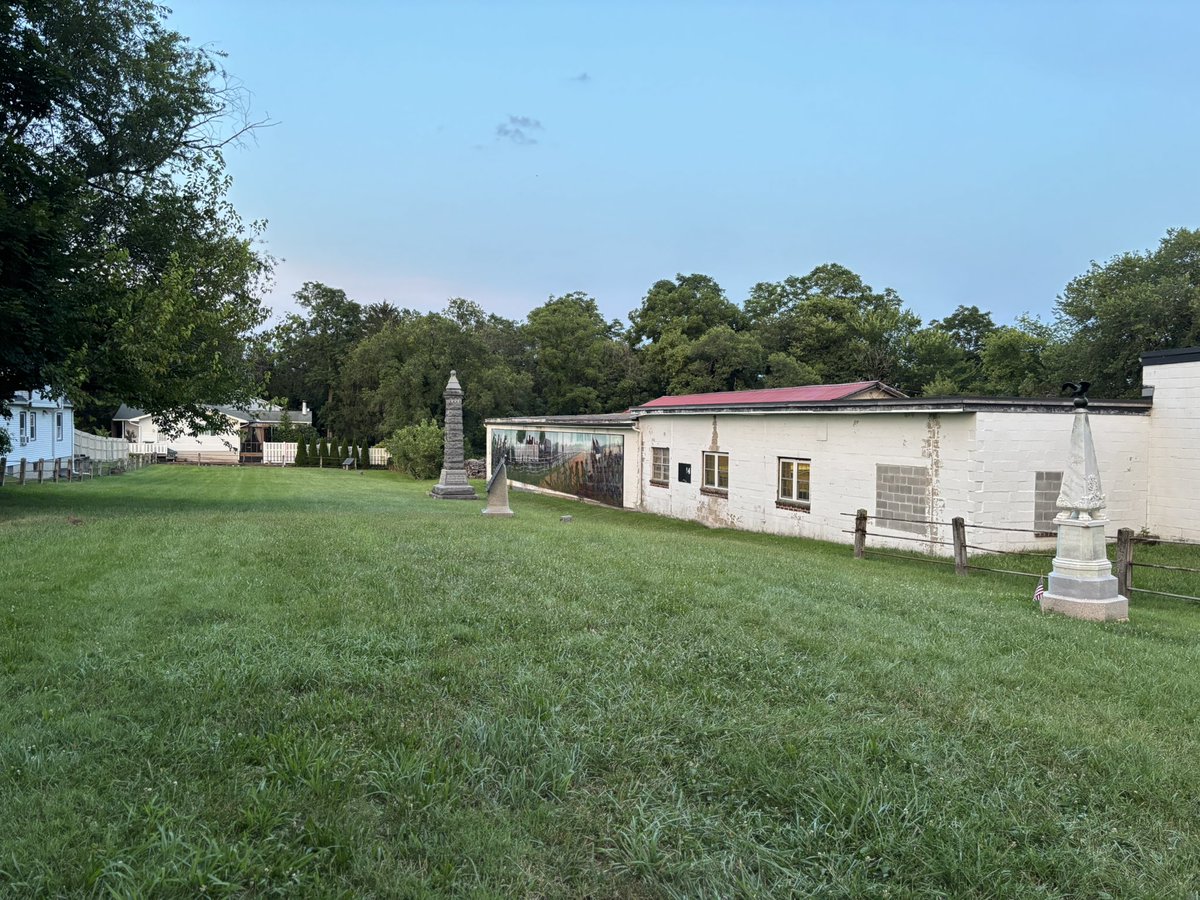
Thank you, Mr. @Nick_Offerman. 🫡
Allow @Nick_Offerman to explain why you should care about Trump’s cuts to national parks